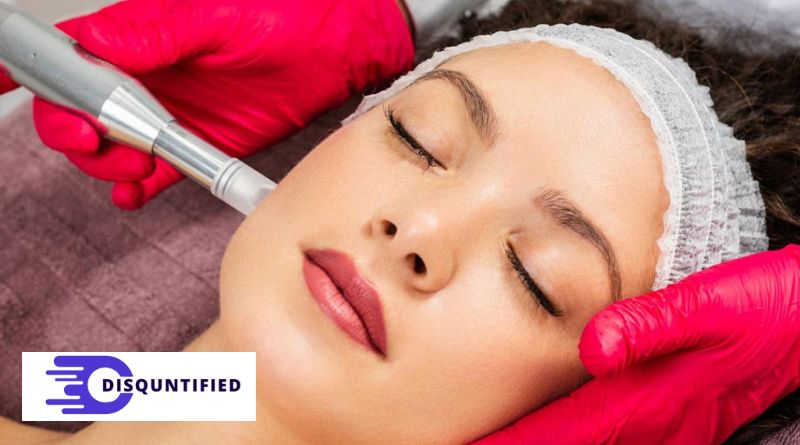Why Fillers Matter in Modern Aesthetics
The aesthetic landscape is rapidly shifting toward minimally invasive procedures, with dermal fillers taking center stage. Fillers provide patients with an opportunity to enhance facial contour, restore youthful volume, and address age-related changes without the cost, downtime, or risk of surgical intervention. In particular, solutions like Juvederm filler for facial rejuvenation in Salt Lake City are gaining traction for their natural-looking, versatile results.
The surge in filler popularity reflects a broader societal move towards quick, effective beauty solutions that deliver real transformation with little disruption to daily life. According to the American Society of Plastic Surgeons, injectable treatments such as fillers are now among the most frequently performed cosmetic procedures worldwide.
Types of Fillers and Their Multifaceted Uses
- Hyaluronic Acid: This naturally occurring substance delivers hydration and plumping—making it ideal for augmenting lips, cheeks, or smoothing marionette lines.
- Calcium Hydroxylapatite: Heavier in texture, this filler is frequently employed for deeper creases, jowl correction, and rebuilding facial structure.
- Poly-L-lactic Acid: Unlike traditional fillers, this option works by gradually stimulating the body’s own collagen, resulting in longer-lasting and more natural corrections for volume loss.
- Polymethylmethacrylate (PMMA):With microspheres that offer semi-permanent support, PMMA is suitable for treating deep wrinkles, nasolabial folds, and acne scars.
The diversity among these materials allows practitioners to tailor treatments for every aesthetic goal—from subtle lip enhancements for young adults to cheek volumization or skin smoothing for mature clients.
Exploring the Science: What Makes Fillers Effective?
The transformative power of dermal fillers lies in their ability to mimic the skin’s natural building blocks. Hyaluronic acid fillers, for example, attract and retain water, immediately restoring fullness and smoothing out lines. Other fillers integrate with existing tissues, offering scaffolding for youthful plumpness. Advanced formulas are designed for optimal compatibility and to minimize adverse reactions, ensuring most patients experience impressive results with minimal risk and no significant recovery period.
Recent advancements and rigorous clinical trials—chronicled in resources like Healthline—have refined injectable products for greater safety, longer-lasting results, and enhanced patient satisfaction.
What to Expect During and After a Filler Treatment
- Consultation: A thorough discussion to understand your goals and design an optimal plan tailored for you.
- Preparation: The skin is meticulously cleansed, and numbing cream may be applied to maximize comfort.
- Injection: Fine needles or cannulas deposit precise amounts of filler into targeted facial areas, carefully sculpting and enhancing features.
- Aftercare: You may notice mild swelling or minor bruising, which generally subsides within a few days.
Most patients return to their normal routine immediately. Full, natural-looking results typically develop over several days as swelling resolves, revealing refreshed contours and smoother skin.
Safety, Aftercare, and Choosing the Right Provider
Selecting an injector with deep expertise—ideally, a board-certified dermatologist or cosmetic physician—is vital for safety and optimal aesthetics. You’ll want a provider who follows the most up-to-date standards, conducts a thorough assessment, and devises a personalized plan. Aftercare tips, like those presented by the American Academy of Dermatology, ensure the results last and side effects are minimized.
Quality care is more than technique; it’s about attention to detail, artistry, and patient education, all of which safeguard your investment and your health.
Future Trends Shaping Injectable Aesthetics
The next wave in dermal filler innovation includes biodegradable substances with extended duration, new injection techniques for even more natural outcomes, and combinations with skin-tightening or resurfacing procedures. “Tweakments”—small, subtle changes rather than dramatic overhauls—are driving demand among all age groups. As the aesthetic field continues to innovate, evidence-based approaches and emerging technologies will further blur the line between nonsurgical and surgical transformation, empowering more people to confidently pursue their cosmetic goals.

